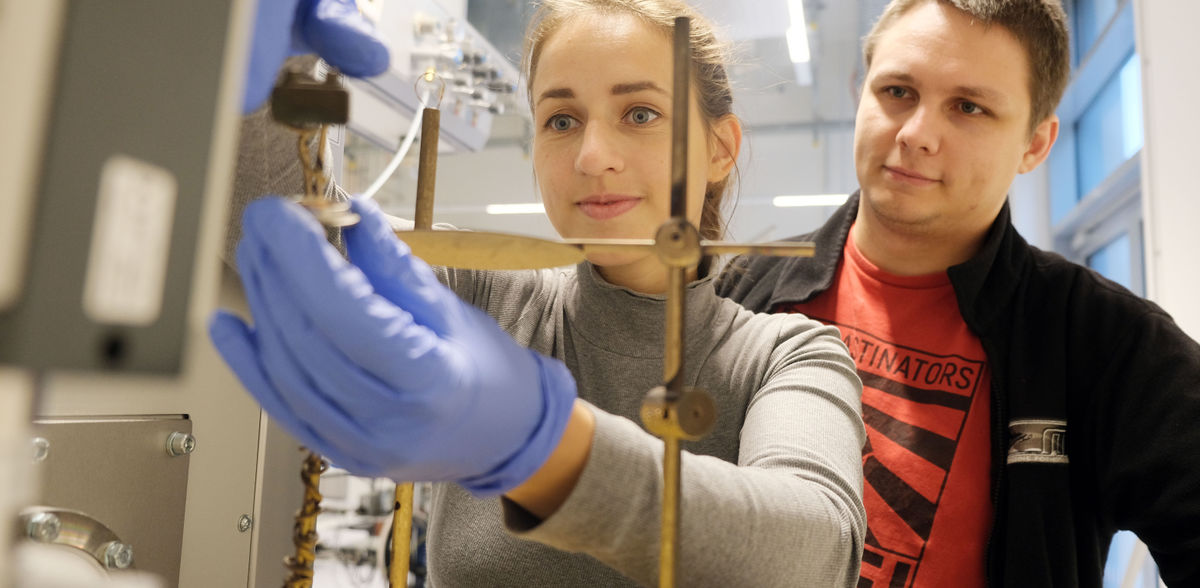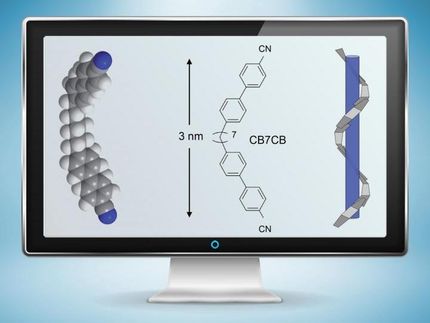Towards energy-efficient brain-like computers
Researchers identify key mechanisms and novel materials for biologically inspired information processing
Every search engine query, every AI-generated text and developments such as autonomous driving: In the age of artificial intelligence (AI) and big data, Computers and data centres consume a lot of energy. By contrast, the human brain is far more energy-efficient. In order to develop more powerful and energy-saving computers inspired by the brain, a research team from Materials Science and Electrical Engineering at Kiel University (CAU) has now identified fundamental requirements for suitable hardware. The scientists have developed materials that behave dynamically in a similar way to biological nervous systems. Their results have been published in the journal Materials Today and could lead to a new type of information processing in electronic systems.
Processing information dynamically instead of serially
"Computers process information serially, whereas our brain processes information n parallel and dynamically. This is much faster and uses less energy, for example in pattern recognition," says Prof Dr Hermann Kohlstedt, Professor of Nanoelectronics and spokesperson for the Collaborative Research Centre 1461 "Neurotronics” at Kiel University. The researchers want use nature as a source of inspiration for new electronic components and computer architectures. Unlike conventional computer chips, transistors and processors, they are designed to process signals in a similar way to the constantly changing network of neurons and synapses in our brain.
“But computers are still based on silicon technology. Although there has been impressive progress in hardware in terms of xy, networks of neurons and synapses remain unrivalled in terms of connectivity and robustness," says Dr Alexander Vahl, a materials scientist. Research on new materials and processes is needed to be able to map the dynamics of biological information processing.
The research team therefore focussed on developing materials that behave dynamically in a similar way to three-dimensional biological nervous systems. "Dynamic" is created here by the fact that the arrangement of atoms and particles in the materials can change. To this end, the researchers have identified seven basic principles that computer hardware must fulfil in order to function similarly to the brain. These include, for example, a certain degree of changeability: The so-called plasticity of the brain is a requirement for learning or memory processes. The materials the researches developed in response to this fulfil several of these basic principles. However, the "ultimate" material that fulfils everything does not yet exist.
Beyond classic silicon technology
"When we combine these materials with each other or with other materials, we open up possibilities for computers that go beyond traditional silicon technology," says Prof. Dr. Rainer Adelung, Professor of Functional Nanomaterials. "Industry and society need more and more computing power, but strategies such as the miniaturisation of electronics are now reaching their technical limits in standard computers. With our study, we want to open up new horizons".
As an example Maik-Ivo Terasa, a doctoral researcher in materials science and one of the study's first authors, describes the unusual behaviour of the special granular networks developed by the research team: "If we produce silver-gold nanoparticles in a certain way and apply an electrical signal, they show special properties. They are characterised by a balance between stability and a rapid change in their conductivity". In a similar way, the brain works best when there is a balance between plasticity and stability, known as criticality.
In three further experiments, the researchers showed that both zinc oxide nanoparticles and electrochemically formed metal filaments can be used to change the network paths via the electrical input of oscillators. When the research team coupled these circuits, their electrical signal deflections synchronised over time. Something similar happens during conscious sensory perception with the electrical impulses that exchange information between neurones.
Original publication
Most read news
Original publication
Maik-Ivo Terasa, Tom Birkoben, Maximiliane Noll, Blessing Adejube, Roshani Madurawala, Niko Carstens, Thomas Strunskus, Sören Kaps, Franz Faupel, Alexander Vahl, Hermann Kohlstedt, Rainer Adelung; "Pathways towards truly brain-like computing primitives"; Materials Today, Volume 69
Topics
Organizations
Other news from the department science
These products might interest you

NANOPHOX CS by Sympatec
Particle size analysis in the nano range: Analyzing high concentrations with ease
Reliable results without time-consuming sample preparation

Eclipse by Wyatt Technology
FFF-MALS system for separation and characterization of macromolecules and nanoparticles
The latest and most innovative FFF system designed for highest usability, robustness and data quality

DynaPro Plate Reader III by Wyatt Technology
Screening of biopharmaceuticals and proteins with high-throughput dynamic light scattering (DLS)
Efficiently characterize your sample quality and stability from lead discovery to quality control

Get the chemical industry in your inbox
By submitting this form you agree that LUMITOS AG will send you the newsletter(s) selected above by email. Your data will not be passed on to third parties. Your data will be stored and processed in accordance with our data protection regulations. LUMITOS may contact you by email for the purpose of advertising or market and opinion surveys. You can revoke your consent at any time without giving reasons to LUMITOS AG, Ernst-Augustin-Str. 2, 12489 Berlin, Germany or by e-mail at revoke@lumitos.com with effect for the future. In addition, each email contains a link to unsubscribe from the corresponding newsletter.




























































